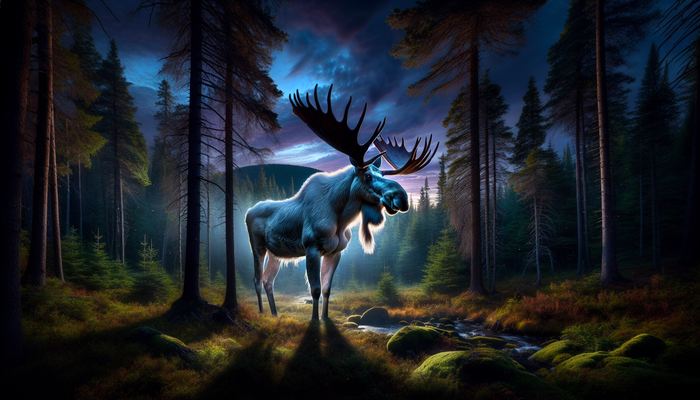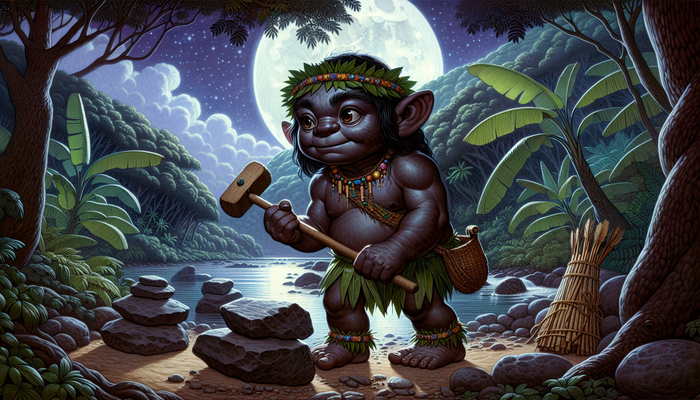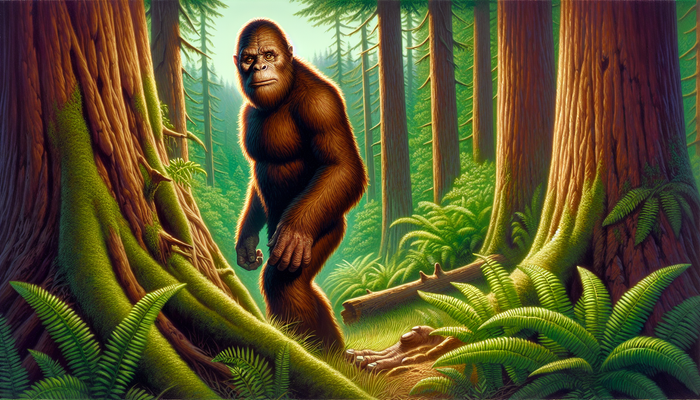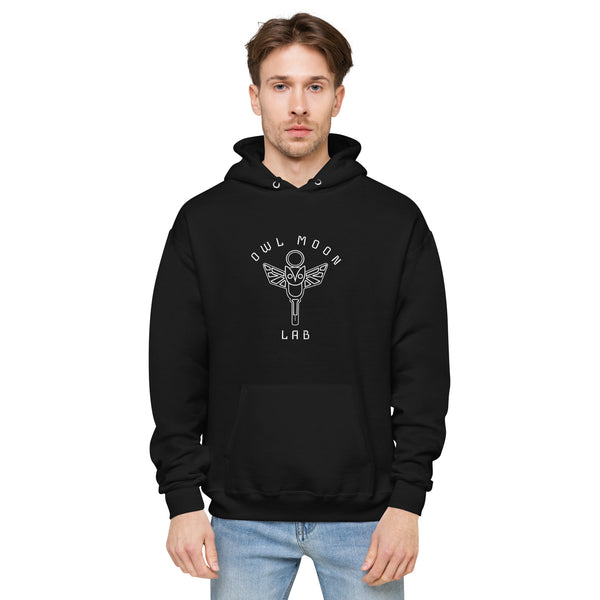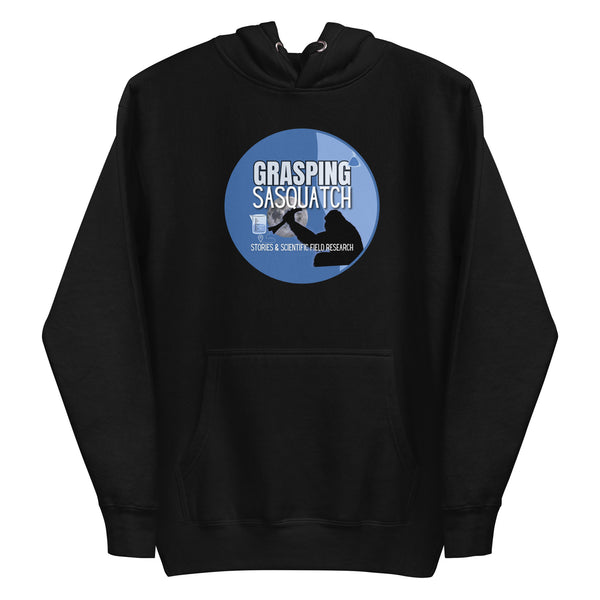South Carolina Cryptids: From the Lizard Man to Boo Hags

By Ava Martinez, Bigfoot Researcher and Teacher
In the realm of the unknown, where the boundaries between reality and legend blur, South Carolina emerges as a captivating hotspot for cryptid activity. As a cryptozoologist and biology teacher, I find myself irresistibly drawn to the allure of these mysterious creatures that have captured the imaginations of people for generations. The diverse landscapes of the Palmetto State, from its swampy lowlands to its misty mountains, provide the perfect backdrop for a myriad of cryptid sightings and encounters.
Join me on a thrilling journey as we delve into the fascinating world of South Carolina cryptids. We'll explore the origins, eyewitness accounts, and cultural significance of these enigmatic entities, from the infamous Lizard Man of Scape Ore Swamp to the eerie Boo Hags of Gullah folklore. As we unravel the tales that have shaped the state's unique cryptozoological heritage, we'll discover the enduring allure of the unknown and the strange phenomena that lurk in South Carolina's untamed wilderness.
The Lizard Man of Scape Ore Swamp
One of the most iconic and enduring cryptids of South Carolina is the Lizard Man of Scape Ore Swamp. The legend began on a fateful night in 1988 when 17-year-old Christopher Davis had a harrowing encounter that would forever change the course of cryptozoological history in the state.
Davis was driving home late one night when he experienced a flat tire near the edge of Scape Ore Swamp. As he stepped out of his car to change the tire, he was suddenly confronted by a terrifying creature. Standing at an imposing seven feet tall, the beast had scaly green skin, three fingers on each hand, and glowing red eyes that pierced the darkness. Davis, gripped by fear, managed to escape the creature's clutches and flee in his car, but not before the Lizard Man left its mark. The vehicle bore the scars of the encounter, with deep scratches and bite marks serving as eerie reminders of the incident.
News of Davis' encounter spread like wildfire, igniting a media frenzy and a surge of public interest in the Lizard Man. In the weeks and months that followed, more sightings and reports emerged, each adding to the growing legend of the creature. Unusual footprints and physical evidence were discovered in the area, further fueling speculation about the Lizard Man's existence.
As the legend grew, so did the theories about the Lizard Man's origins. Some speculated that it could be a surviving prehistoric reptile, a relic from a time long past. Others suggested that it might be a mutated or undiscovered species, hidden from the eyes of science. There were even those who believed the Lizard Man to be an extraterrestrial being, a visitor from another world.
Regardless of its true nature, the Lizard Man has left an indelible mark on the local culture and tourism of Bishopville, the small town near Scape Ore Swamp. Festivals, artwork, and merchandise celebrating the creature have sprung up, cementing its status as a beloved icon and symbol of the area. The Lizard Man has become more than just a cryptid; it is a part of Bishopville's identity, a source of intrigue and pride for the community.
The Boo Hag of Gullah Folklore
Deep within the rich tapestry of South Carolina's cultural heritage lies the chilling legend of the Boo Hag, a creature that has haunted the Gullah people for generations. Born from the folklore of the descendants of enslaved Africans along the state's coastal regions, the Boo Hag is a skinless, vampiric entity that preys upon the living.
According to Gullah tradition, the Boo Hag is a malevolent spirit that seeks to steal the breath and energy of its sleeping victims. This grotesque creature is said to shed its skin at night, revealing a raw, red visage with bulging blue veins. It then creeps into homes, slipping through the tiniest of cracks and crevices, to sit upon the chest of its unsuspecting prey.
As the Boo Hag perches on its victim, it begins to suck out their breath, slowly draining their life force. The victim, trapped in a state of paralysis, is unable to move or cry out for help. Come morning, they awaken feeling weak, exhausted, and short of breath, unaware of the sinister encounter that transpired in the depths of the night.
But the Boo Hag's terror doesn't end there. In a twisted act of deception, the creature is known to wear the skin of its victims, masquerading as them to blend in with the living. This macabre disguise allows the Boo Hag to move among the unsuspecting, seeking out new prey to feed upon.
The Gullah people have developed ways to protect themselves against the Boo Hag's malevolent presence. One common practice is to place a broom beside the bed, as it is believed that the Boo Hag will be compelled to count each bristle, delaying its attack until daybreak. Another method is to hang a sifter on the door, as the Boo Hag will become entranced by the tiny holes and spend the night trying to pass through them.
The legend of the Boo Hag serves as a powerful representation of Gullah folklore and traditions. It is a testament to the resilience and ingenuity of a people who have faced unimaginable hardships and found ways to preserve their cultural identity through the power of storytelling. The Boo Hag, while terrifying, is also a reminder of the importance of community, of the need to protect and support one another in the face of darkness.
Tsul 'Kalu: The Cherokee Guardian Giant
In the misty mountains of South Carolina, the Cherokee people have long told tales of Tsul 'Kalu, a giant, human-like figure who serves as the guardian of the forest and its creatures. This enigmatic being, with a single eye in the center of its forehead, is a central figure in Cherokee mythology, embodying the delicate balance between humans and the natural world.
According to Cherokee lore, Tsul 'Kalu is a powerful and wise entity, tasked with protecting the wilderness from those who would seek to exploit or destroy it. Standing at an imposing height, covered in thick hair, Tsul 'Kalu is said to roam the forests, watching over the animals and plants that call it home.
The legend of Tsul 'Kalu is deeply intertwined with the Cherokee people's relationship to the land. It is said that Tsul 'Kalu taught the Cherokee how to hunt responsibly, ensuring that they took only what they needed and respected the delicate balance of the ecosystem. In return, the Cherokee were expected to honor Tsul 'Kalu and the natural world, living in harmony with the creatures that shared their land.
However, those who disrespected the natural world or took more than their fair share would face Tsul 'Kalu's wrath. The giant was known to punish greedy hunters, chasing them through the forest or stealing their kills as a reminder of the consequences of their actions.
In modern times, some cryptozoologists have drawn parallels between the legend of Tsul 'Kalu and the phenomenon of Bigfoot sightings in the region. The descriptions of a large, hairy, humanoid creature roaming the forests bear a striking resemblance to the Cherokee guardian giant. While the connection remains speculative, it is an intriguing possibility that the ancient tales of Tsul 'Kalu may have been inspired by real encounters with an unknown hominid species.
Regardless of the truth behind the legend, Tsul 'Kalu remains an important figure in Cherokee culture, representing the sacred bond between humans and the natural world. The stories of this guardian giant serve as a reminder of the importance of environmental stewardship and the need to respect the delicate balance of the ecosystems we inhabit.
Aquatic Cryptids of South Carolina
South Carolina's waterways are not only home to a diverse array of known aquatic life but also to a host of mysterious creatures that have captured the imagination of locals and cryptozoologists alike. From the murky depths of rivers to the vast expanse of lakes, these aquatic cryptids have left an indelible mark on the state's folklore and legend.
One of the most intriguing of these creatures is the Altamaha-ha, affectionately known as "Altie," which is said to inhabit the Altamaha River along the border of South Carolina and Georgia. Described as a massive, sturgeon-like creature with an alligator-like head, the Altamaha-ha has been the subject of numerous sightings and local legends. Eyewitnesses have reported seeing the creature breaching the surface of the water, its impressive size and unique appearance leaving a lasting impression on those lucky enough to catch a glimpse.
Another notable aquatic cryptid is Normie, the Lake Norman Monster. This serpentine creature is said to lurk beneath the surface of Lake Norman, a man-made reservoir that straddles the border of North and South Carolina. Eyewitness accounts describe Normie as a large, snake-like beast, with some speculating that it could be a prehistoric animal that became trapped in the lake when the Catawba River was dammed. Others believe that Normie may be an undiscovered species, hidden from the eyes of science in the depths of the lake.
The waters of South Carolina are also home to tales of mermaids, particularly in the areas where the Pee Dee and Waccamaw Rivers converge. These legends date back to the 18th century when sightings of these mythical creatures were reported near Ramsey's Tavern. According to local lore, patrons of the tavern would often spot mermaids sunning themselves on a nearby sandbar, their enchanting presence drawing curious onlookers.
While some dismiss these mermaid sightings as mere folklore or the result of misidentifications, others believe that there may be more to the story. Some speculate that the tavern owner, Ambrose Ramsey, may have used the mermaid tales as a clever marketing ploy to attract customers to his establishment. However, the persistence of the legends and the consistency of the sightings have led some to wonder if there could be a grain of truth behind the tales.
The aquatic cryptids of South Carolina serve as a testament to the enduring mystery and allure of the state's waterways. Whether they are the product of overactive imaginations, misidentified known animals, or genuine undiscovered species, these creatures have become an integral part of the region's cultural heritage. They remind us that even in our modern world, there are still secrets waiting to be uncovered in the depths of our rivers and lakes.
Thunderbirds: Prehistoric Survivors or Misidentified Monsters?
Soaring through the skies of South Carolina, the legendary thunderbirds have long been a source of fascination and mystery. These massive, pterosaur-like birds, with wingspans that dwarf those of any known avian species, have been the subject of numerous sightings and tales throughout the state's history.
Eyewitnesses describe the thunderbirds as imposing creatures, with leathery wings that span an astonishing 10 to 20 feet or more. Their bodies are said to resemble those of prehistoric flying reptiles, with elongated beaks and sharp talons that could easily snatch up prey from the ground below.
One of the most notable thunderbird sightings in South Carolina occurred in 2004, near the coastal city of Myrtle Beach. A couple driving along a rural road claimed to have encountered a massive, winged creature with a leathery, reptilian appearance. The beast flew overhead, its wingspan casting an ominous shadow across the landscape. The couple, awestruck and terrified, watched as the creature disappeared into the distance, leaving them questioning the very nature of what they had witnessed.
Another intriguing report surfaced in Pickens County in 2013, when a witness described seeing a vulture-like bird with a wingspan of 10 to 12 feet. The creature's sheer size and prehistoric appearance left an indelible mark on the witness, who struggled to reconcile the sighting with any known bird species.
The existence of thunderbirds has long been a subject of debate among cryptozoologists and skeptics alike. Some believe that these creatures could be surviving remnants of prehistoric pterosaurs, somehow managing to evade extinction and remain hidden in the remote corners of the world. Others speculate that the thunderbirds may represent an undiscovered species of large bird, perhaps a relative of the condors or vultures that have adapted to a life of secrecy.
However, skeptics argue that most thunderbird sightings can be attributed to misidentifications of known large birds, such as eagles, herons, or even the occasional escaped exotic pet. They point to the lack of physical evidence, such as carcasses or clear photographs, as proof that these creatures are more likely the product of overactive imaginations than genuine cryptids.
Despite the ongoing debate, the legend of the thunderbirds continues to captivate the minds of those who hear their tales. The idea of massive, prehistoric birds soaring through the skies of South Carolina is a testament to the enduring allure of the unknown and the mysteries that still lurk in the natural world. Whether they are genuine cryptids or the result of misidentifications, the thunderbirds have become an integral part of the state's folklore and continue to inspire wonder and curiosity in all who encounter their stories.
Cryptids in Cherokee Folklore
The rich tapestry of Cherokee folklore is woven with tales of mysterious and powerful creatures that have captured the imagination of generations. These cryptids, deeply rooted in the tribe's spiritual beliefs and connection to the natural world, serve as important cultural narratives that offer insight into the Cherokee people's understanding of the universe and their place within it.
One of the most prominent cryptids in Cherokee lore is the Uktena, a serpentine monster of immense size and power. The Uktena is described as a massive, snake-like creature with a brilliant, crystal-like crest upon its forehead. This mesmerizing crystal is said to possess hypnotic properties, capable of luring in and entrancing its prey before delivering a fatal strike.
According to Cherokee legend, the Uktena is a formidable predator, lurking in the depths of rivers and streams, waiting to ambush unsuspecting victims who venture too close to the water's edge. Some tales even suggest that gazing directly into the Uktena's crystal can cause instant death or madness, such is the power of this mystical beast.
While the Uktena is undoubtedly a creature of myth and legend, some cryptozoologists have speculated that the stories may have been inspired by real encounters with large, unknown aquatic animals. The idea of a massive, serpentine creature with hypnotic abilities could be a way for the Cherokee to explain sightings of giant eels, salamanders, or other mysterious river-dwellers that defied conventional explanation.
Another chilling cryptid from Cherokee folklore is the Raven Mocker, a malevolent spirit that takes the form of a large, black bird with glowing, red eyes. These shapeshifting entities are said to prey upon the sick and dying, stealing their remaining life force and prolonging their suffering.
Raven Mockers are deeply feared in Cherokee culture, as they are believed to be harbingers of death and misfortune.
From Bigfoot to UFOs: Hangar 1 Publishing Has You Covered!
Explore Untold Stories: Venture into the world of UFOs, cryptids, Bigfoot, and beyond. Every story is a journey into the extraordinary.
Immersive Book Technology: Experience real videos, sights, and sounds within our books. Its not just reading; its an adventure.




